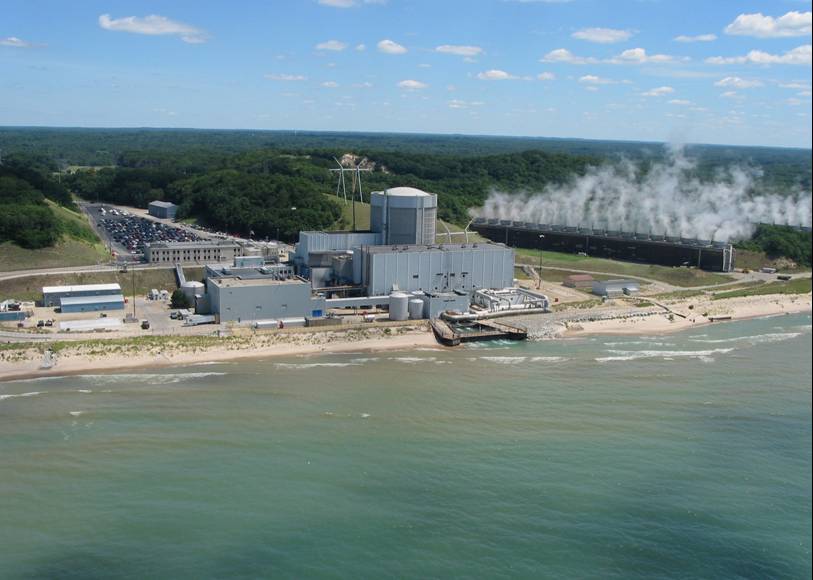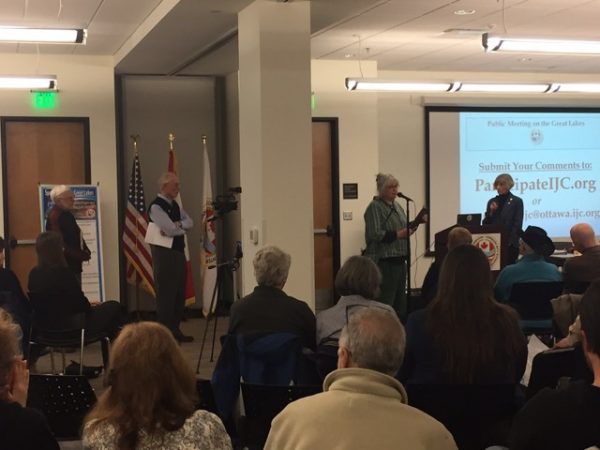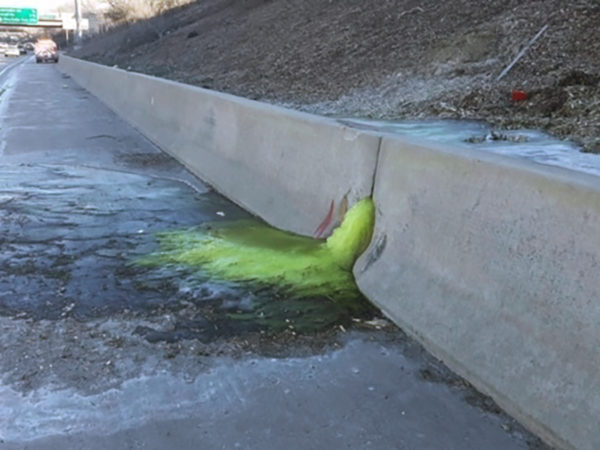
There are a lot of eyes on Michigan’s Palisades nuclear power plant as the public and private sectors try, together, to bring it back from the dead.
Plenty of nuclear reactors in the United States have successfully started back up after prolonged stretches of inactivity. The difference is that every other nuclear plant that restarted after an extended outage retained its operating license, meaning that it had to comply with strict federal maintenance standards, even at the times when it wasn’t sending electricity out onto the grid.
Entergy, the electric utility that owned Palisades until shortly after it closed, stopped the reactor’s operations for good in May 2022. Now the plant’s new owner, Holtec International, is trying to have its license reinstated. The initiative was launched into the national spotlight in March, when the U.S. Department of Energy announced a conditional commitment of up to $1.5 billion for a loan to support the Palisades recommissioning.
“It’s generally been assumed that once a plant is [permanently] shut down, it’s not brought back, so this is really breaking new ground,” said Jess Gehin, associate lab director for nuclear science and technology at the Idaho National Laboratory, a major nuclear research center.
If Palisades successfully reopens, it will be historic. Experts say the growing momentum behind the recommissioning effort may reflect an even bigger shift for nuclear power in the United States.
Setting a precedent
On April 17, officials from the federal Nuclear Regulatory Commission (NRC), the agency that will oversee the recommissioning, walked residents of Covert Township and neighboring communities through the extensive inspections that will be required to ensure the reactor components are still in good working order.
“Our overall responsibility is independent verification of the activities on the site and the adherence to the safety standards and regulations that are set,” said Jason Kozal, director of the NRC’s regional division of operating reactor safety, during the meeting.
The recommissioning process for Palisades should be relatively straightforward, Todd Allen, a professor of nuclear engineering and radiological sciences at the University of Michigan, told Great Lakes Now.
“You have to prove to the regulator that the material condition of the plant is okay to restart — that while it was shut down, there was no degradation that made the plant inoperable in some way,” said Allen.
Since a decommissioned U.S. nuclear plant has never been restarted before, federal regulators are still figuring out some of the details. The question, according to Allen, is whether the time and money Holtec invests in reopening Palisades will ultimately be worth it.
“Going through that process will be interesting,” Allen said. “How well it goes could be really important in determining the future of nuclear power plants. It sets a new precedent for the Nuclear Regulatory Commission to figure out how to work their way through.”
According to NRC officials, decommissioned nuclear plants typically sit idle for a number of years before they’re dismantled. As demand climbs for low-carbon sources of electricity, it’s possible that other recently shuttered nuclear plants could take a cue from Palisades.
Some nuclear power advocates have raised the possibility of recommissioning New York’s Indian Point Energy Center, where fossil fuel use has gone up since its final unit closed in 2021 (though the plant faced widespread criticism while it was still in operation).
Nuclear facilities that are still active are less likely to follow the same path as Palisades.
“I think the bigger lesson is, be more forward looking before you shut a nuclear plant down,” said Allen. “Because it’s probably easier to get the license extended than it is to try to restart or regain your operation.”
The broader trend
Nuclear power has been a controversial technology for a long time. Thanks to a combination of economic troubles and public opposition, the U.S. nuclear sector hasn’t changed much since the early 2000s. All but a handful of the country’s roughly 90 nuclear reactors were built during the second half of the 20th century. On average, these plants are more than 40 years old.
As of 2023, however, the country got almost one-fifth of its electricity from nuclear power. That’s nearly as much as the share generated by renewable resources. And, importantly, nuclear plants provide a dependable source of electricity that can help utilities accommodate the intermittent supply from wind and solar.
That’s what’s keeping nuclear in the national conversation as the costs of renewables fall. The reactors still in operation today have a combined capacity of close to 100 gigawatts. It’s a huge amount of electricity — but still only about half the capacity of the country’s remaining coal-fired power plants.
“We can’t lose those 100 gigawatts and have to rebuild them at the same time,” said Steve Chengelis, senior director of future nuclear at the Electric Power Research Institute (EPRI), a nonprofit energy development organization. “So we need to keep the 100 gigawatts of current fleet operating, and then build out on top of that.”
Electric utilities across the country are trialing innovative nuclear projects, featuring designs that promise to reduce the prohibitive upfront costs of building new nuclear. Holtec itself has also announced plans to add two small modular reactors to the Palisades site some years after the existing reactor is restarted.
In the meantime, many utilities are extending the lifetimes of their older nuclear plants, often with the aid of state and federal officials.
“Almost all the current plants are extending the 60-year operation period, and most will extend to 80 years, which gets us out to 2050 or so,” Gehin said. “So we’ll see our existing fleet providing power for 20, 30 years going in the future.”
More than a dozen other U.S. nuclear plants in the Great Lakes region stand to benefit from these improving economic fortunes. There is at least one reactor still operating in almost every state bordering the Great Lakes, including two in Michigan.
Bringing Palisades back online would return about 800 megawatts of low-carbon power to the Michigan electric grid. That’s about a quarter of the capacity of Michigan’s Monroe Power Plant, one of the largest coal plants in the country. Michigan Gov. Gretchen Whitmer said that in addition to creating 600 union jobs, restarting Palisades will be an important part of meeting the state’s 2040 clean energy standard.
Both Whitmer and Energy Secretary Jennifer Granholm have thrown their weight behind the recommissioning effort. Local leaders in Covert Township, where Palisades is located, are generally also in favor of reopening the nuclear facility, though some residents have raised concerns.
Besides creating a new potential pathway for decommissioned reactors that could still be viable, the push to bring Palisades back online “marks a change in direction, to actually bring plants back, rather than shut them down, and I think recognize the value that nuclear plants bring,” Gehin said.
“I think it’s in a positive position right now for the continued operation of the fleet,” he added. “And with Palisades, I think that’s just another signal.”
Catch more news at Great Lakes Now:
International nuclear energy expert questions Michigan’s Palisades restart
Feds award $1.5 billion for Palisades nuclear plant restart
Featured image: Palisades Nuclear Plant. (Photo Credit: U.S. Nuclear Regulatory Commission)




